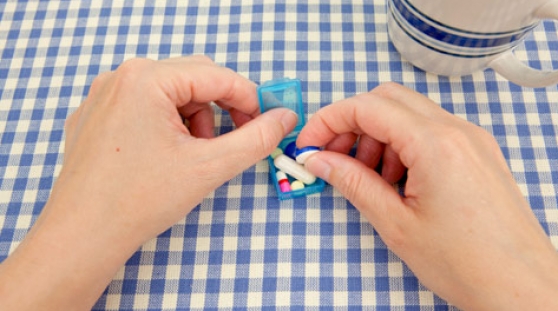Type 2 Diabetes Health Center
Table of Contents

The goal of treatment at first is to lower high blood glucose levels. The long-term goals of treatment are to prevent problems from diabetes.
The main treatment for type 2 diabetes is exercise and diet.
If diet and exercise do not help keep your blood sugar at normal or near-normal levels, your doctor may prescribe medication. Since these drugs help lower your blood sugar levels in different ways, your doctor may have you take more than one drug.
Some of the most common types of medication are listed below. They are taken by mouth or injection.
- Alpha-glucosidase inhibitors (such as acarbose)
- Biguanides (metformin)
- Injectable medicines including exenatide (Byetta, Bydureon), pramlintide (Symlin), sitagliptin (Januvia), and saxagliptin (Onglyza)
- Meglitinides (including repaglinide and nateglinide)
- Sulfonylureas such as glyburide (Micronase, DiaBeta) and glipizide (Glucotrol)
- Thiazolidinediones such as rosiglitazone (Avandia) and pioglitazone (Actos)
These drugs may be given with insulin, or insulin may be used alone. You may need insulin if you continue to have poor blood glucose control. It must be injected under the skin using a syringe or insulin pen device. It cannot be taken by mouth.
